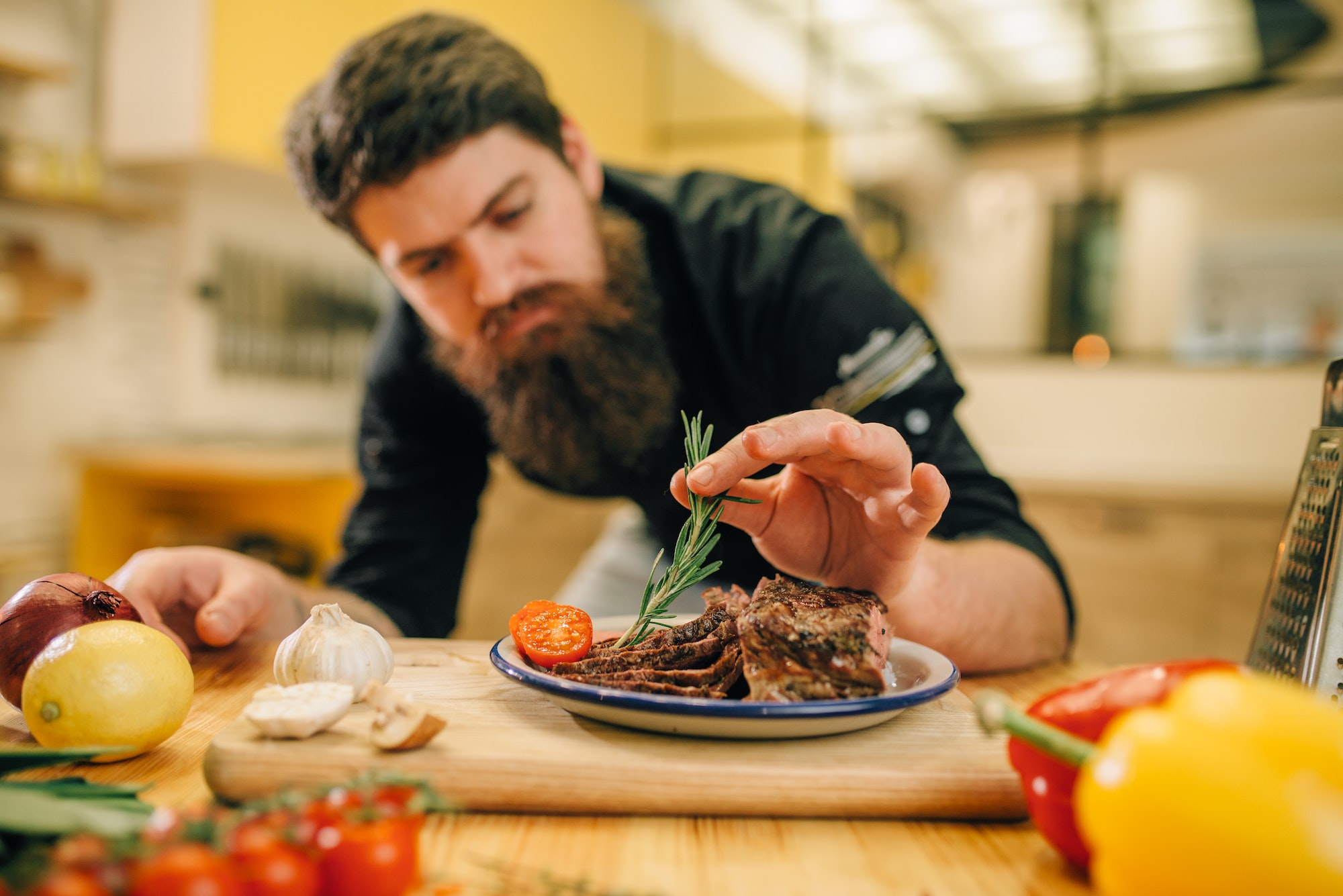The art of gourmet food plating is an essential aspect of haute cuisine, elevating dishes from mere sustenance to a visual and sensory experience. Chefs devote years to perfecting their craft, using various plating styles and techniques to create visually appealing presentations that enhance the taste and enjoyment of their culinary creations. Here are some examples of gourmet food plating styles that have gained prominence in the world of fine dining.
1. Minimalist Plating
Minimalist plating is characterized by clean lines, simple shapes, and a restrained use of color. This style emphasizes the natural beauty and textures of the ingredients, often featuring just a few elements on the plate. The aim is to create a harmonious composition that draws attention to the quality and freshness of the ingredients.
One example of minimalist plating is the Japanese kaiseki cuisine, which focuses on seasonal ingredients and subtle flavors. The dishes are presented with a great sense of balance and harmony, often using natural elements like leaves or flowers as garnishes. The plates themselves are often simple yet elegant, complementing the overall aesthetic of the dish.
2. Architectural Plating
Architectural plating involves building height and structure on the plate, creating visually striking presentations that catch the eye. Chefs use various techniques such as stacking, layering, and arranging components in interesting ways to create a sense of depth and dimension.
This style of plating can be seen in many modern fine dining establishments, where chefs take inspiration from architecture and design to create unique presentations. For example, a dish might feature a tower of thinly sliced vegetables, with delicate microgreens or edible flowers perched on top.
3. Deconstructed Plating
Deconstructed plating breaks down the components of a traditional dish and presents them in a new and innovative way. This approach allows chefs to showcase their creativity and play with the diner’s expectations, encouraging them to explore each element individually before combining them to experience the intended flavors and textures.
An example of deconstructed plating might be a classic dessert like tiramisu, with each component – the coffee-soaked sponge, mascarpone cream, and cocoa powder – arranged separately on the plate. The diner is then invited to mix and match the elements as they see fit, creating a more interactive and engaging dining experience.
4. Painterly Plating
Painterly plating takes inspiration from the world of art, using sauces, purees, and other colorful ingredients as ‘paints’ to create visually stunning presentations. Chefs might use brushes, spoons, or even their fingers to apply these ‘paints’ to the plate in various patterns and designs.
A popular technique in painterly plating is the ‘swoosh,’ where a sauce or puree is spread across the plate in a sweeping motion, creating a sense of movement and dynamism. This can be complemented with carefully arranged components that mimic the shapes and colors of the ‘paint,’ resulting in a harmonious and visually engaging composition.
5. Molecular Gastronomy Plating
Molecular gastronomy is a culinary movement that combines science and cooking to create new and innovative dishes. This often results in unique plating styles that challenge conventional notions of what food should look like.
Some examples of molecular gastronomy plating include the use of foams, gels, and edible spheres that resemble caviar or pearls. Ingredients might be transformed into unexpected forms or textures, such as a liquid that has been turned into a solid or a familiar ingredient presented in an unfamiliar way.
In conclusion, gourmet food plating is an essential aspect of haute cuisine that elevates dishes to new heights. Whether embracing minimalism or experimenting with molecular gastronomy techniques, chefs continue to push boundaries and create stunning presentations that delight diners both visually and gustatorily.

